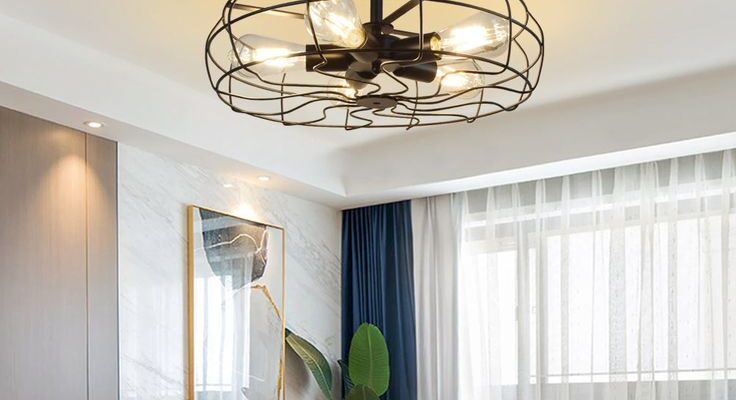
The Evolution and Impact of Ceiling Light Fixtures
A Journey of Light
Imagine walking into a room that feels instantly welcoming and vibrant, the perfect balance of light illuminating every corner. It wasn’t always like this. Once upon a time, homes were dimly lit with candles and lanterns, casting flickering shadows that created more mystery than clarity. Over the years, as technology evolved, so did our approach to lighting. Ceiling light fixtures, once a luxury, have become a staple in homes across the United States, transforming spaces with their brilliance.
The Evolution of Ceiling Light Fixtures
From Candles to Chandeliers
The history of ceiling light fixtures dates back to the use of candles in medieval times. These rudimentary light sources evolved into grand chandeliers during the Renaissance, symbolizing wealth and sophistication. Chandeliers became the centerpiece of grand halls and palaces, adorned with crystals to amplify the light.
The Advent of Electricity
The invention of the incandescent light bulb by Thomas Edison in the late 19th century marked a turning point. This innovation paved the way for electric ceiling light fixtures, making lighting more practical and accessible. By the early 20th century, ceiling fixtures were commonplace in American homes, revolutionizing interior design and daily life.
Modern Innovations
Today, ceiling light fixtures come in an array of styles, from sleek, minimalist designs to elaborate, artistic creations. Advancements in LED technology have further transformed the landscape, offering energy-efficient solutions that can be controlled with the touch of a button or even a voice command.
The Impact of Ceiling Light Fixtures on Modern Homes
Enhancing Aesthetics
Ceiling light fixtures do more than just illuminate a room; they define its character. Whether it’s a statement chandelier in the foyer or recessed lighting in the living room, these fixtures play a crucial role in setting the ambiance. According to a study by the American Lighting Association, 85% of homeowners consider lighting to be a key factor in their home’s overall decor .
Improving Functionality
Different rooms require different types of lighting. Ceiling light fixtures offer versatility, from bright, task-oriented lighting in kitchens and offices to soft, ambient lighting in bedrooms and living areas. This adaptability makes them indispensable in modern home design.
Energy Efficiency and Sustainability
With growing awareness of environmental issues, there is a significant shift towards energy-efficient lighting solutions. LED ceiling light fixtures use up to 75% less energy and last 25 times longer than incandescent bulbs . This not only reduces electricity bills but also minimizes environmental impact, making them a smart choice for eco-conscious consumers.
Choosing the Right Ceiling Light Fixture
Consider the Room Size and Ceiling Height
When selecting a ceiling light fixture, it’s essential to consider the dimensions of the room and the height of the ceiling. A large chandelier in a small room can be overwhelming, while a small fixture might get lost in a spacious area.
Match the Style
The fixture should complement the room’s decor. For a modern look, consider sleek, minimalist designs with clean lines. For a more traditional space, a classic chandelier or vintage-inspired fixture might be more appropriate. Close-to-ceiling light fixtures are a great option for rooms with lower ceilings, providing ample light without overwhelming the space.
Think About Lighting Needs
Determine the primary function of the lighting. Is it for general illumination, task lighting, or accent lighting? Each type requires different fixtures. For instance, recessed lights or flush mounts are ideal for general lighting, while pendant lights work well over kitchen islands or dining tables for task lighting.
Conclusion: The Future of Ceiling Light Fixtures
Ceiling light fixtures have come a long way from their humble beginnings. Today, they are an integral part of home design, offering both functionality and aesthetic appeal. As technology continues to advance, we can expect even more innovative and energy-efficient solutions to illuminate our spaces.










